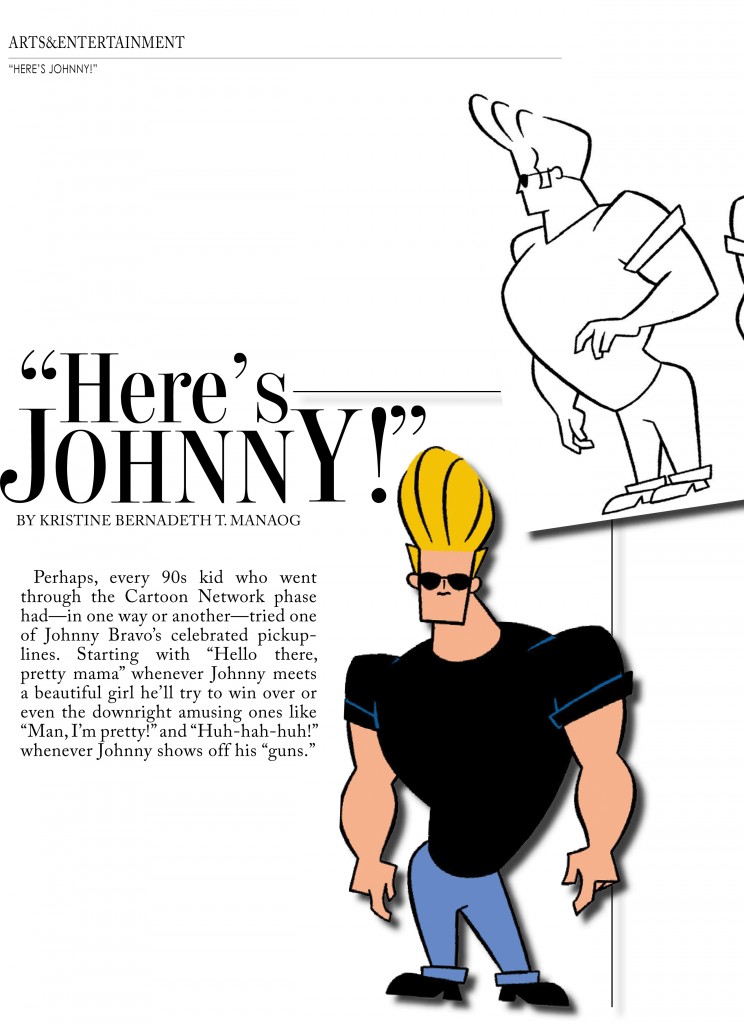I still hold onto my dream of someday joining the ranks of these esteemed artists by animating an interstitial for one of their upcoming seasons.
Much to my delight, when I took my first animation class back in college, my animation professor, Dan McLaughlin, showed us how to work the university's giant Oxberry camera by demonstrating a pan with a 2-field cel and background from a short film he did for Sesame Street. Needless to say, I was totally in awe of this piece of artwork! You may remember the film. It was the one where the backgrounds were black and white and these kids were sitting on the steps outside their front door. Suddenly a man pushing a fruit cart starts yelling, "Fruit! Fresh fruit!" He walks on, the kids get some fruit, and the man continues on his way. It was also shown on the Spanish PBS show, Villa Allegre, with the man yelling, "Frutas! Fresca frutas!"
Fast forward a few years. I have my own show and I thought, "That would be awesome if I could recreate even a little bit of the fun and insane comedy that Jim Henson and his cohorts were able to do week after week." (Not exactly in those words, but that was my intention.) Jim Henson had been such an influence on my life that I wanted to pay tribute to him somehow. The only question was, "How do you extrapolate the genius of Sesame Street and infuse it into a show about a twenty-something slacker/womanizer?"
The answer: you do your best.
Like Jim Henson, I always tried to make sure that Johnny wasn't mean spirited. He was just ignorant and naive. Most of all, I tried to capture his silliness. If I had to describe the Muppets in one word, it would have to be "silly." Silly humor is what I always try and strive for. It always trumps rude and obnoxious for me.
In our first season, we were unable to come up with a proper send up of Sesame Street that would do it justice. It wasn't until our fifth season that one of our writers, Craig Lewis, came up with the idea for the episode, "Hunk At The End Of This Cartoon"...
...which was a parody of "The Monster At The End Of This Book."
I thought it was the perfect Muppet piece to translate into Johnny's world. Craig kept it silly and ridiculous, just the way the book was, with dialogue like:
Johnny Bravo: Now, if you'll excuse me, there's a BEVY of BEAUTIES BEGGIN' for some BRAVO.
Johnny Bravo: (to camera) That sentence was brought to you by the letter "B."
Little Suzy: Oh, BROTHER.
So we did our best.
Now. There's probably someone in Birmingham, Alabama thinking, "That's great and all, but wasn't the title of this post, 'How to get to Sesame Street?' You didn't really tell us how to get to Sesame Street."
I'm getting there.
When I was a kid, I never really grasped the concept that Sesame Street was on a soundstage. During the opening credits, they showed all these kids wandering the streets of New York City with it's gravel streets and tall buildings, until the final shot where they got to Sesame Street and the roads and sidewalks suddenly lost all their grit. And it wasn't as sunny and bright as the park they just showed. But it looked fun! And I always wondered, "Why is it so hard to find? Isn't it on a map or something?"
Back in 1998, my wife and I decided to plan a trip to New York City. Knowing how much I loved the Muppets, my agent arranged for us to visit Sesame Street. What I thought was going to be a quick ushering through the soundstage by a tour guide, turned out to be a dream come true. They were actually filming an episode when we arrived on the set! As long as we kept out of the way of the cameras, we got to wander the street and explore everywhere from Mr. Hooper's Store to Big Bird's nest.


































